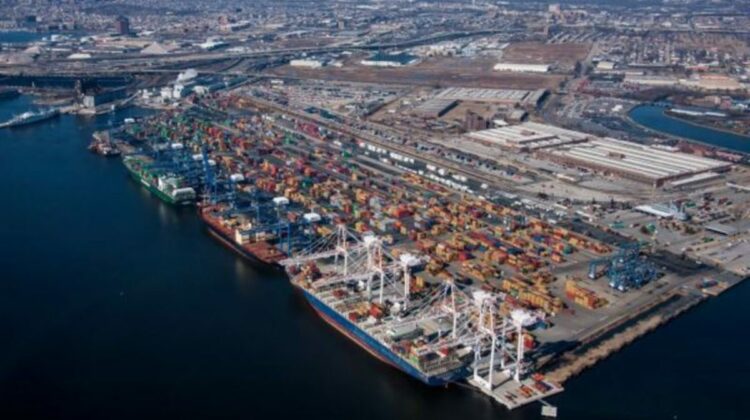
US East Coast Ports face challenge of diverted Baltimore cargo : Drewry
LONDON : Maritime industry consultancy Drewry flags potential challenges for the US East Coast ports due to the diversion of Baltimore’s container volumes combined with expected market growth in 2024.
The Port of Baltimore is the busiest in the U.S. for handling cars and light trucks, processing nearly 850,000 units in 2023. It also managed around half a million passengers, 11.7 million tonnes of general cargo, and a record 1.1 million TEUs of containers last year.
With access to the Port of Baltimore cut off by the collapsed Francis Scott Key Bridge, cargo is expected to be diverted to nearby ports, including the ports of Virginia and New York/New Jersey.
In terms of container traffic, New York/New Jersey leads the northern part of the US East Coast with 59% of the throughput, according to Drewry. Virginia’s Hampton Roads terminals, primarily Norfolk International Terminal and Virginia International Gateway, handle about 25%, followed by Baltimore at 9%, and Philadelphia at 6%. The remaining traffic goes to Boston, Wilmington (Delaware), and other smaller terminals.
Drewry’s recent Port Throughput Forecast for North America shows a potential growth of +10.6% YoY for 2024. If Baltimore’s capacity is removed and its container volume is allocated across NY/NJ, Philadelphia, and Hampton Roads terminals, the average utilization rates in 2024 could reach as high as 79%. This high utilization, if sustained, could lead to terminal congestion, especially if the increase in utilization happens within a short period, Drewry says.
Moreover, Drewry says pre-berthing waiting times, an indicator of overall terminal congestion, suggest that supply chains in this market may come under strain. In 2023, despite additional capacity and reduced volumes, waiting times in Baltimore and New York ports have only recently been controlled, averaging 0.2 day in February 2024. Meanwhile, in the Hampton Roads terminals, which had the highest utilization in 2023, waiting times remain at 0.5 day. The upcoming months may see these gateways put to the test.
